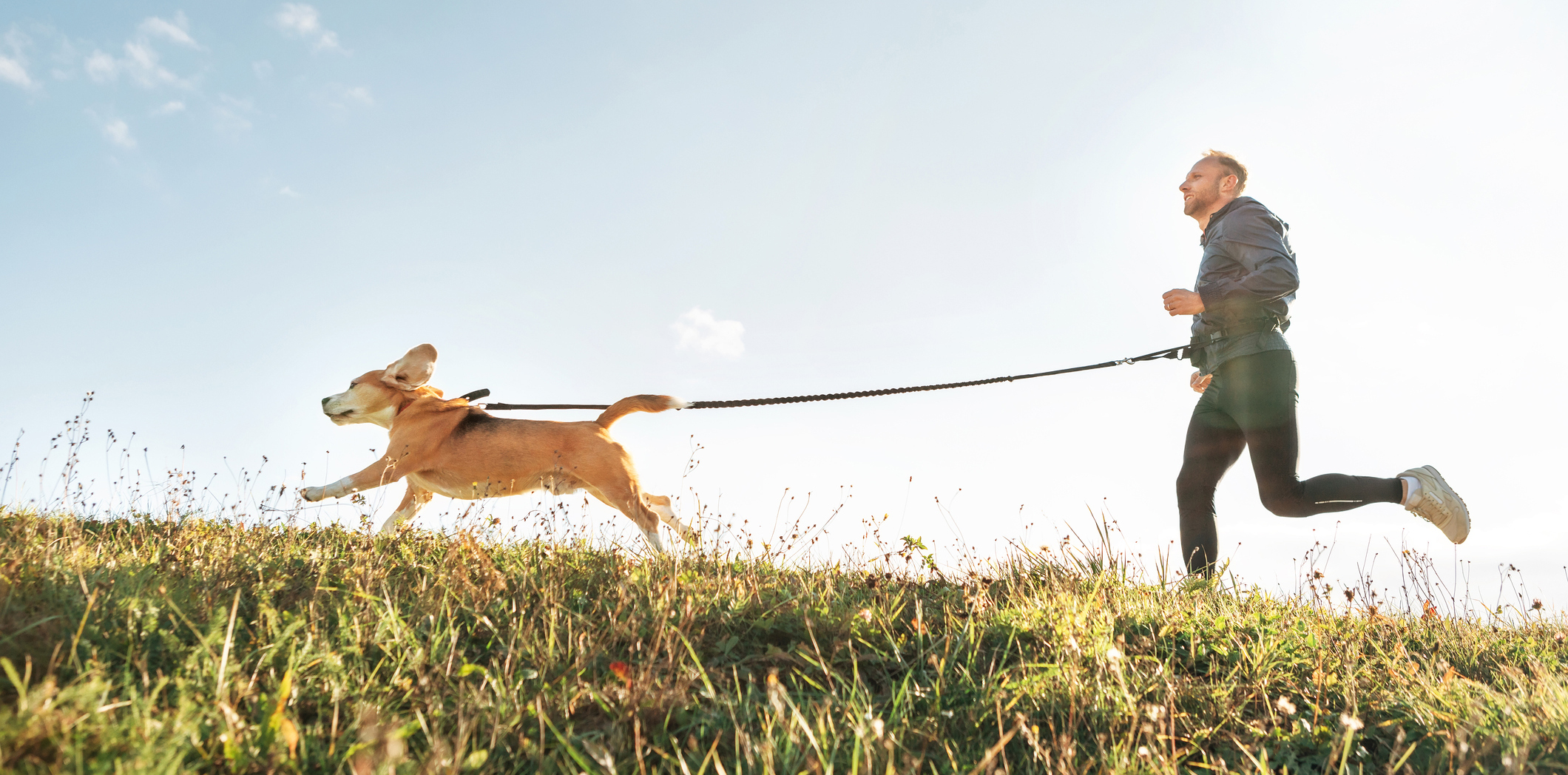More encouraging evidence should “reassure” adults at-risk of OA can safely engage in exercise
Neither strenuous exercise or extensive sitting is associated with risk for osteoarthritis (OA) in the knee, according to a 10-year prospective cohort study analysing data from The Osteoarthritis Initiative in the US.
The study adds to a growing body of evidence showing that physical activity is safe for people with or at-risk of developing OA.
Previous research has presented mixed findings on the relationship between physical activity and OA.
Naturally, OA patients experiencing joint pain often fear exercise will worsen their joint problems over time.
Now, almost 1200 men and women at-risk of developing OA in their knees have reported their activity over eight years to investigate if either long-term regular exercise or a sedentary lifestyle was associated with joint damage.
Participants completed multiple questionnaires on how often and how long they engaged in leisurely, strenuous or sitting activities; then were grouped for analysis by the intensity and frequency of their activity, and how it changed over time.
Low levels of physical activity and even strenuous exercise were not associated with risk of knee OA, and neither was sedentary behaviour. Only 13% of participants developed OA, detectable by X-ray, after eight years.
Associate Professor Dawn Aitken specialises in OA at the Menzies Institute for Medical Research in Tasmania, and said healthcare practitioners need to be encouraging physical activity because of its many benefits – improving general health and preventing chronic disease.
She said this study should give them confidence to advise their patients to exercise, adding that this is one of the few studies to date to assess activity over multiple years.
“It confirms the large area of research that’s showing physical activity is not harmful,” she said.
Associate Professor Aitken noted that the study measured outcomes by X-ray, not joint pain, and the latter matters more to patients.
“We now consider OA as a combination of imaging and symptomatic findings,” she said. “Someone could develop quite severe knee symptoms but show no evidence of OA on an X-ray.”
Professor Philip Conaghan, Director of the Leeds Institute of Rheumatic and Musculoskeletal Medicine in the UK, also said it’s reassuring that long-term strenuous activity did not lead to obvious structural deterioration in OA knees.
However, he said the study didn’t assess how a person’s job adds to their usual activity, which is important because occupational duties may be another cause of chronic joint load and possibly injury.
As for exercise, Professor Conaghan said the focus should be on keeping people strong with exercises to strengthen the muscles around the knee.
And if patients have been avoiding exercise altogether, he suggested recommending specific ‘starter’ activities – walking lengths of a pool, for example, rather than pounding the pavement – to help them overcome any fears they may have.


